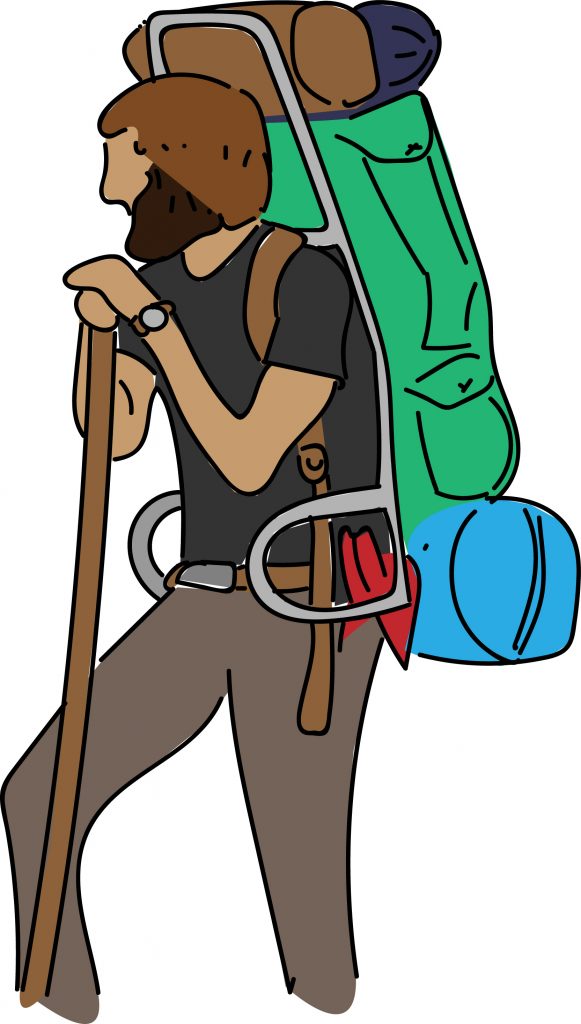Your Guide to Getting Started

New to hiking? You’re in the right place. Hiking is one of the most accessible and rewarding ways to explore the outdoors, improve your health, and clear your mind. This guide covers everything a beginner needs to know — from what to bring, how to plan a safe hike, and which gear will help you enjoy the trail.
Why Hiking Is Great for Beginners
- No experience required — just a good attitude and a bit of preparation
- Low-cost, low-barrier entry to outdoor adventure
- Trails available in nearly every region, year-round
- Helps build endurance, reduce stress, and boost mental clarity
Step 1: Start with Easy Trails
Begin with well-marked, short-distance trails close to home. Look for:
- Trails under 3 miles
- Low elevation gain
- Loop trails (so you don’t need to backtrack)
- Local parks, nature preserves, or national recreation areas
Tip: Use apps like AllTrails or Gaia GPS to read trail reviews, see difficulty ratings, and download maps.

Step 2: Learn Basic Trail Etiquette
Respecting the trail and others is part of good hiking.
- Stay on the trail
- Yield to uphill hikers
- Step aside for faster hikers or bikers
- Leave no trace: pack out what you pack in
- Keep noise and music to a minimum
Step 3: Know What to Bring
You don’t need to spend a fortune to get started, but a few key items will make a big difference:
Must-Have Gear:
- Comfortable walking shoes or trail runners
- Lightweight daypack
- Water bottle or hydration pack
- Sunscreen and hat
- Snacks like trail mix or granola bars
- Printed or downloaded trail map
- Simple first aid kit
[See Our Hiking Essentials Checklist ›]
[Browse Recommended Beginner Hiking Gear ›]
Step 4: Dress Smart
Layers are your friend. Dress for changing conditions, especially if hiking early or late in the day.
- Wear breathable, moisture-wicking clothing (avoid cotton)
- Bring a rain jacket or wind shell, just in case
- Use a hat or sunglasses for sun protection
- Always pack an extra layer — it gets cooler in the shade or at elevation
[Explore Beginner-Friendly Hiking Apparel ›]
Step 5: Safety First
Even easy trails can surprise you. Basic safety steps include:
- Tell someone where you’re going and when you’ll be back
- Hike with a buddy or in a group
- Don’t rely solely on your phone for navigation
- Know your limits — turn back if you’re tired or conditions change
- Bring more water than you think you’ll need
Step 6: Keep It Simple and Have Fun
Your first hikes don’t need to be extreme or Instagram-worthy. The goal is to build confidence and enjoy being outside.
- Take breaks
- Enjoy the views
- Celebrate small milestones
- Pay attention to how your body feels and adjust
Over time, you’ll build up to longer hikes, steeper climbs, and maybe even overnight backpacking trips.
Ready to Start?
We’ve created beginner-friendly guides, gear lists, and trail suggestions to help you take the next step.
- [Best Daypacks for New Hikers ›]
- [What to Wear on Your First Hike ›]
- [10 Easy Hikes to Try This Season ›]
- [Hiking Essentials: Everything You Need ›]
Still have questions? Reach out or check our blog for more tips.